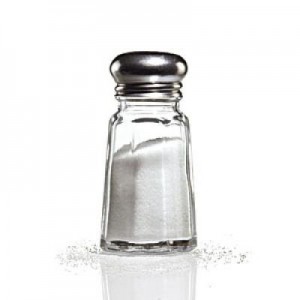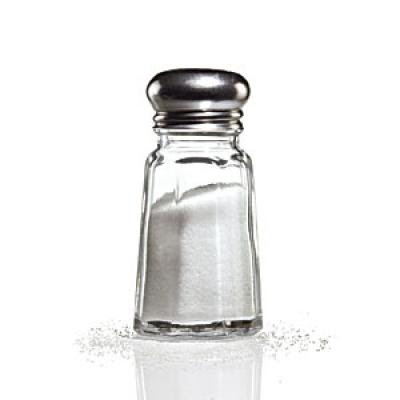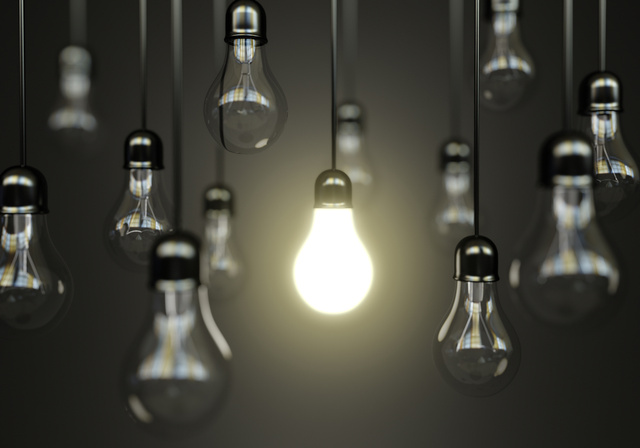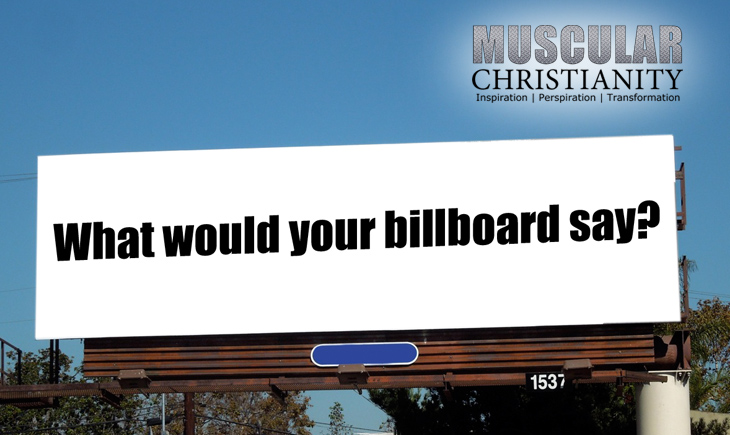Sugar & Salt | Part Two
 It’s Sad
It’s Sad
The thing that’s sad about all this is that sugar, salt and fat can combine into some truly tasty combinations.
Right?
And here we are talking about sugar and salt as though they represent these monster ingredients that threaten one’s very life…
Here’s the thing…
While you don’t want to process all of what can translate into a good tasting bowl of joy and good times into something evil, you do want to be aware of what you’re putting into your body so you can prevent what’s designed to be a treat from becoming an unhealthy staple.
Serious.
We talked about sugar in Part One. Now, we’re wrapping it up by talking about Salt, or, more specifically, Sodium.
The Business of Balance
Your body is in the business of constantly seeking to establish a sense of balance. You burn calories, your body signals you that you need some food. You perspire and your body signals that you need some sodium / electrolytes to replace what it uses in the context of keeping your body cool. Eating and drinking is needful in order to stay healthy. The challenge is recognizing the difference between what’s healthy and what’s not. Because of the way the typical American diet is set up, it’s easy to slip into some harmful habits and not even be aware of it. I mean, some of this stuff tastes great, right? But like we discussed in Part One in the context of sugar, you’re not doing yourself any favors if you gloss over the nutritional grenades you’re putting into your system, regardless of how good they taste. And what applies with sugar also applies when it comes to sodium.
With sugar, you’re requiring your pancreas to do some heavy lifting if you’re exceeding what would be considered a healthy amount. This is what leads to Diabetes as well as a physical disposition that makes weight loss more challenging than it should be,
With sodium, the glands that are being taxed are your kidneys which can lead to hypertension which affects your heart. And, depending on the extent to which the arteries leading to your heart are damaged as a result of too much salt, your brain can actually be damaged as well. Here’s how it works…
Your Kidneys
Your kidneys filter as much as 120 quarts of blood every day. Your kidneys are using a process called “osmosis” to pull from your blood extra water and waste products that ultimately exit your body as urine. This process involves a complicated chemical exchange that requires a balance of sodium and potassium to make it happen. Eating too much salt throws this balance out of kilter and can lead to kidney disease. But even without your kidneys being completely compromised, their efficiency is nevertheless diminished and you now have more water in your blood than what your body is comfortable with.
Think of a water hose that’s been hooked up to fire hydrant. Get the picture? That water hose is a good illustration of your arteries which are now being stretched as a result of the increased volume of fluid that comprises your blood flow because of the way your kidneys can’t filter out the extra water. Your arteries respond by becoming stronger and thicker, but this only makes the space inside your arteries smaller which is why you now have less blood flowing to your heart and your brain.
And that’s not good.
So, how much sodium is too much?
How Much is Too Much
The US Food and Drug Administration recommends no more than 2,300 mg of salt per day. That’s one teaspoon. The American Heart Association says no more than 1,500 mg. Now, before we even begin our inventory, know that most dietary sodium comes from eating packaged and prepackaged foods. So, right out of the chute, you can know that it’s not about the salt you’re adding to your food that’s problematic as much as it’s the salt contained within the prepackaged things you’re buying in the grocery store.
The biggest tool that you access to is the “Nutrition Facts” that are on the label of every food item you purchase. As far as the aforementioned “nutritional grenades,” here’s a few items to be aware of:
Pizza: 760 mg
Soy Sauce: 879 mg (1 Tablespoon)
Chick Fil A sandwich: 1350 mg
Soup: 940 mg
One of the greatest burger restaurants on the planet, in my mind, is Red Robin. While a single serving of fries is 224 mg, the “Black and Bleu Burger” delivers a whopping 4,496 mg of sodium! So, in one visit there’s a good chance that you are tripling your sodium intake for one day.
The Difference Between a Treat and a Staple
Now, none of this means that you can never have a burger or a piece of pizza ever again. What it does mean is that you don’t want to establish any of these food items as “standards” in your diet. An occasional treat? Sure! But be careful when you find yourself eating these things consistently.
FYI…
One other word of caution about sports drinks like Gatorade. Gatorade has 450 mg of sodium. That’s close to a third of what the American Heart Associate recommends for the day. In addition, in a 20 oz serving, you’ve got 34 grams of sugar. That’s 3 grams less than what the American Heart Association recommends for a day!
A day!
So, be aware. Gatorade is great when you’re engaged in an hour and a half of intense exercise, but that’s not the kind of drink you want over lunch in the cafeteria.
















Leave a Reply
Want to join the discussion?Feel free to contribute!